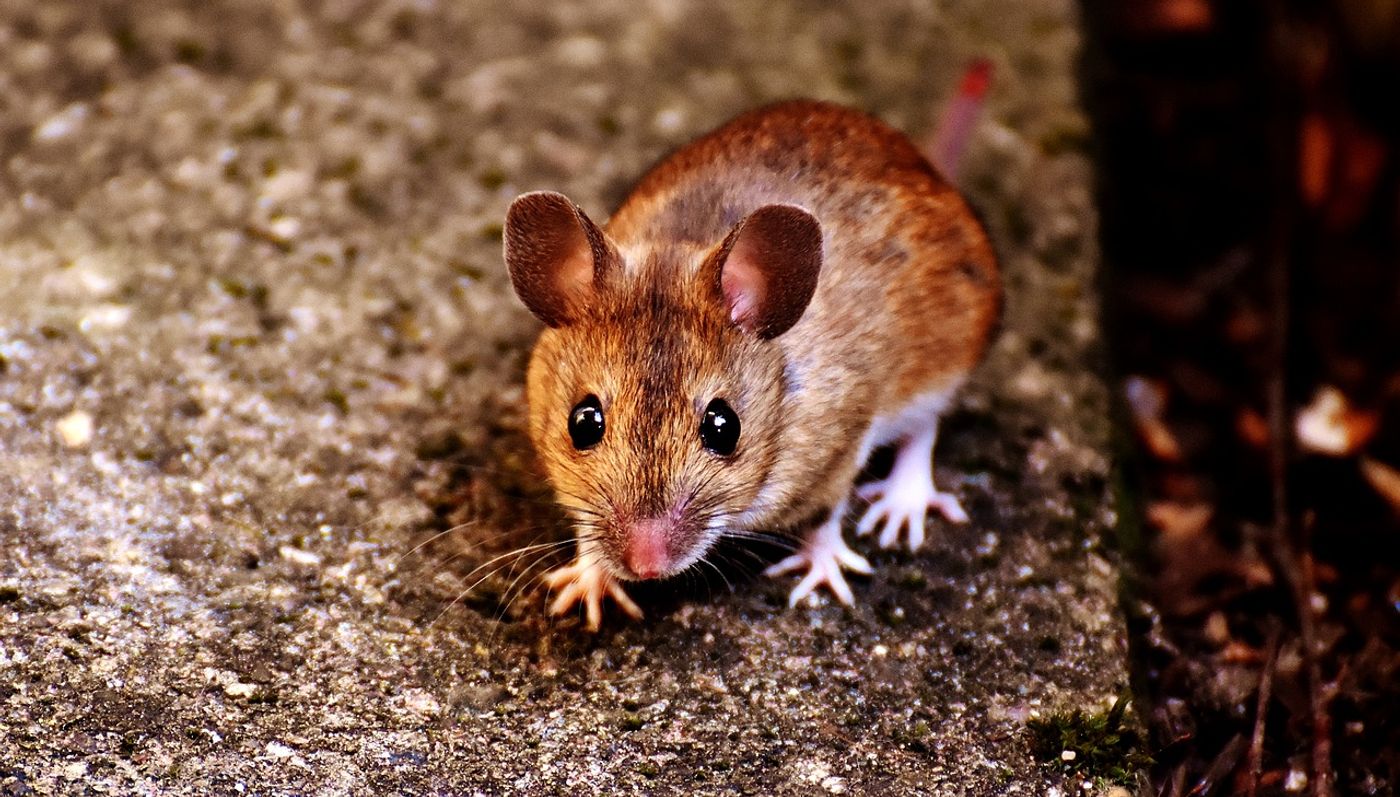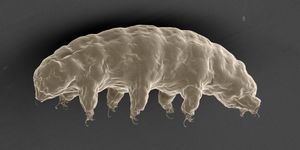Researchers Discover a Toggle Switch for Aggression in Male Mice
Researchers from the Stanford University School of Medicine have pinpointed a particular cluster of approximately 5,000 nerve cells within a mouse’s brain that invoke territorial-based male aggression when activated. They've published the results of their study in the journal Neuron.
Image Credit: Alexas_Fotos/Pixabay
Compared to the high number of neurons (80 million or more) that exist in a typical male mouse’s brain, 5,000 isn’t a significant number. Nevertheless, they appear to have a large influence on a male mouse’s behavior.
When activated, the male mouse would behave in aggressive ways that are unheard of in the species, like attacking female mice, going after other animal species, and even becoming enraged after seeing itself in a mirror. What this told the researchers was that male mice could be manipulated to attack just about anything by exploiting this small nerve cell cluster.
Interestingly, this aggression could be overridden by a secondary component: judgment based on past life experiences.
Related: Octopuses change color when they are feeling aggressive
Male mice that are accustomed to solitary confinement, such as those kept as lone pets in cages, are significantly more territorial than those used to sharing an enclosure with other males. With that in mind, researchers saw more success invoking rage in the former rather than the latter.
Male mice that lived in solitude their entire lives had their nerve cells toggled for aggression and would lash out at unknown threats whether they were met with an intruder on their territory or were the ones doing the intruding on another male mouse’s territory.
On the other hand, male mice that were used to living alongside others only ever lashed out when the male mouse intruded on their territory, and never when they were the ones doing the intruding.
This clear distinction indicates that pheromones, the natural mechanisms that tip the creatures off to the presence of other males and lead to heightened alertness, and the aggression that ensues, can be influenced by a mouse’s previous social interactions.
“Nature versus nurture is a false dichotomy,” said Nairo Shah, the senior author of the study.
“We’ve showed, on the one hand, that genetically programmed circuitry massively influences mammalian behavior. And we’ve seen that, under certain circumstances, nurture wins: Your social conditions can override your natural impulse to fight.”
Related: These 3D-printed mouse ovaries are fully-functional
The research brings some solid findings to the table that could help us better understand male aggression in other mammalian species; not just mice. In fact, it may even help us better understand explosive outbursts of anger in humans.
More research is needed to understand how these systems work in their entirety. Nevertheless, these findings could open new doors to treating aggression.
Source: Stanford University









